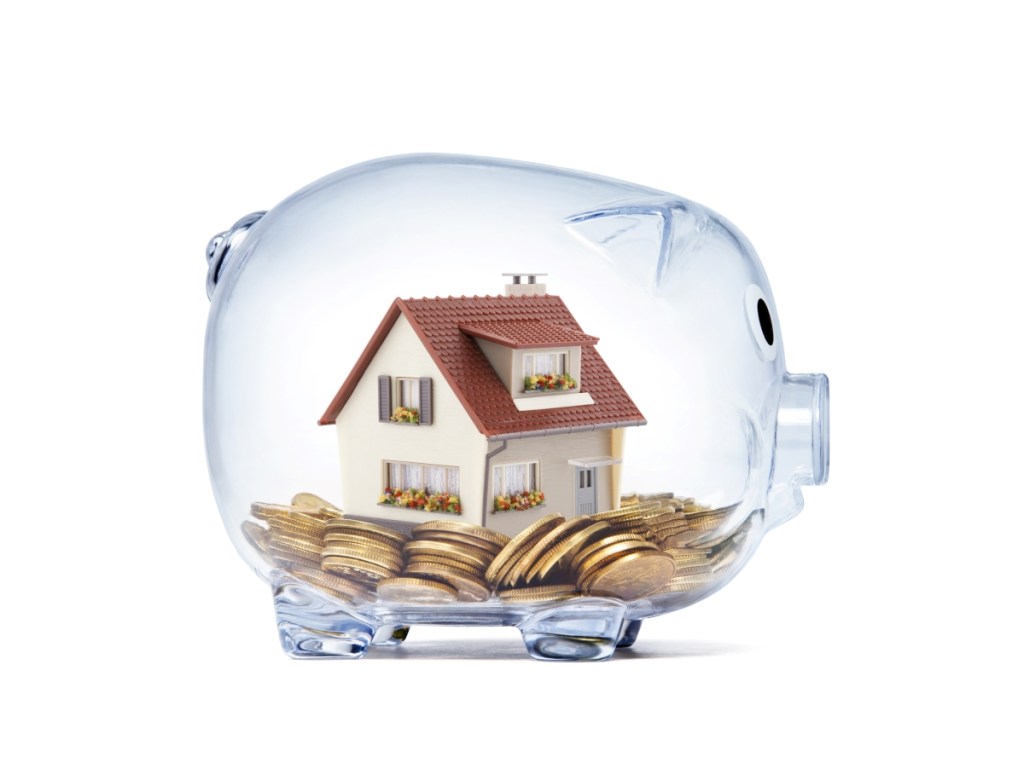U.S. homeowners with mortgages witnessed a 6.6% year-over-year increase in their equity in the second quarter of 2020 – representing a cumulative gain of $620 billion for the nation and an average $9,800 hike in equity per homeowner, according to a new report by CoreLogic.
Record-low mortgage rates and constricted sale inventory cast the perfect storm for home prices which rose 4.3% annually through June ultimately bolstering the increase in home equity, CoreLogic said in its home equity report.
“Homeowners’ balance sheets continue to be bolstered by home price appreciation, which in turn mitigated foreclosure pressures,” said Frank Martell, president and CEO of CoreLogic.
Despite recent gains, the data service provider predicts upward advancements may be mitigated by consistent unemployment and home prices will dip in concurrence with a possible jump in delinquencies.
On Sept. 9, Frank Nothaft, CoreLogic’s chief economist reported the share of loans with payments 90 days to 119 days late quadrupled between May and June, rising to 2.3%, the highest level in more than 21 years.
“In our latest forecast, national home price growth will slow to 0.6% in July 2021 with prices declining in 11 states. Thus, home equity gains will be negligible next year, with equity loss expected in several markets,” Nothaft said.
Negative equity refers to borrowers who owe more on their mortgages than their homes are worth, sometimes referred to as being “underwater”– a place 2.1 million homes found themselves in at the end of the second quarter in 2019. However, this year that number dropped a whopping 15% to 1.7 million mortgaged properties in negative equity year-over-year, and fell 5.4% since the first quarter of 2020.
According to the study, because home equity is affected by home price changes, borrowers with equity positions near 5% above or below the negative equity cut off are most likely to move out of or into negative equity as prices change. For example, if home prices gained by 5%, 270,000 homes would regain equity, whereas if home prices declined 5%, 380,000 would fall underwater.
States that historically experienced home price growth also reflected the largest gains in equity – such as Montana, where homeowners acquired an average of $28,900, the highest year-over-year increase in equity for the country. States such as North Dakota, Michigan and Alaska hovered below a $5,000 gain, and Illinois marked the bottom with an average gain of $2,000 per home.
New York, which was slammed by the pandemic, averaged just $4,400 in equity gains while simultaneously encountering the highest negative equity share, the report said.
“Although the exact contours of the economic recovery remain uncertain, we expect current equity gains, fueled by strong demand for available homes, will continue to support homeowners in the near term,” Martell said.





